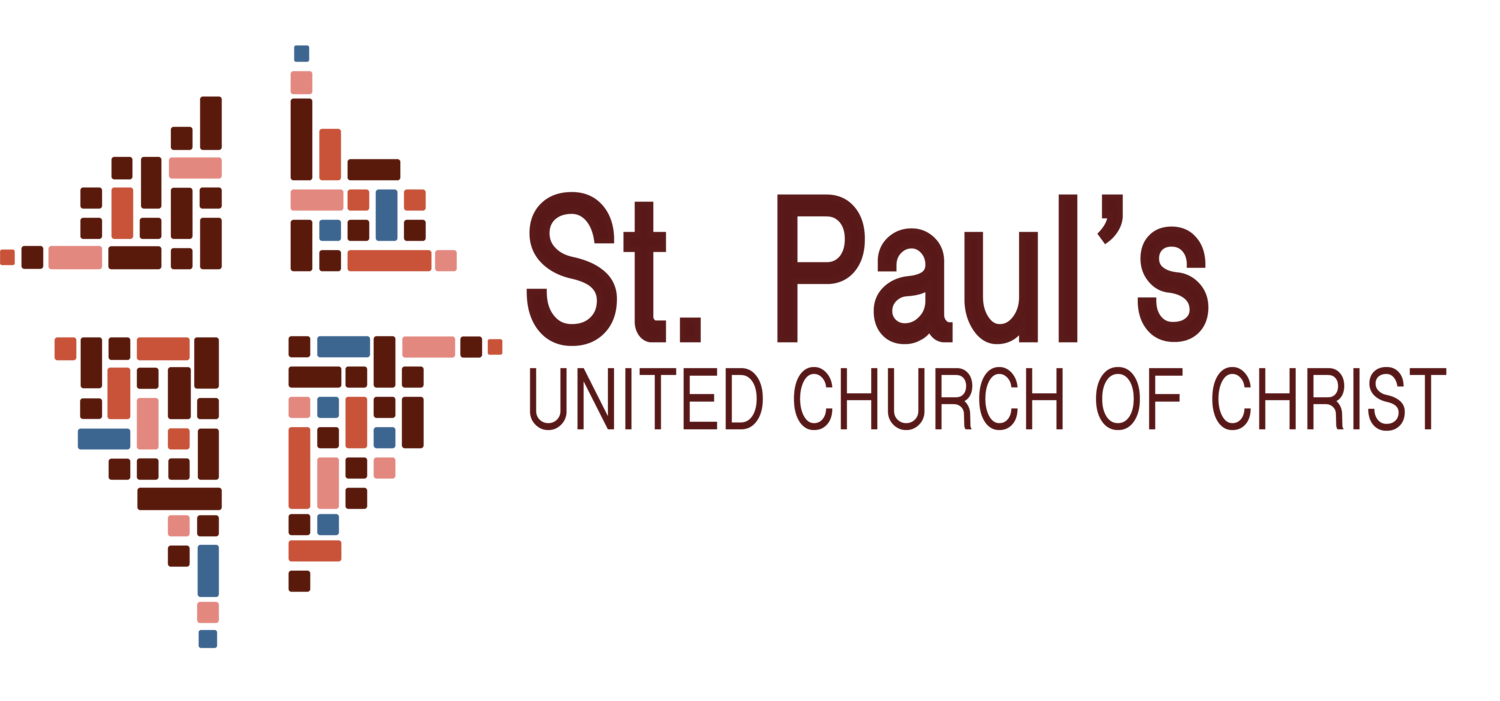A Lenten Reflection by Tracy Kugler
March 28, 2023
In Christian tradition, Lent echoes the forty days Jesus fasted and was tempted before beginning his ministry. The story of those forty days is set “in the wilderness.” In this story, the wilderness is a barren place, harsh, devoid of food and water. It is seen as a place of difficulty, where Jesus was tempted against the test of despair. In memorializing the wilderness of Jesus’ place and time, we are asked to give up something, to do without.
Like many of us, I am reading Braiding Sweetgrass, our Lenten book read. In one of the chapters for this week’s discussion, “Sitting in a Circle,” Robin Wall Kimmerer describes a very different five weeks in the wilderness. Kimmerer’s wilderness is Cranberry Lake Biological Station, in upstate New York, where she takes college students for a field course in ethnobotany. Many of Kimmerer’s students are well-steeped in the idea of wilderness as barren and challenging and wonder what they will do “if they need something” without easy access to a store. Far from fasting under desert sun, Kimmerer and her students wade through marshes to gather cattails, which offer starchy rhizomes and protein-rich pollen for food, durable leaves for weaving mats for shelter, gel to soothe sunburn and insect bites, soft fluff for stuffing pillows, and even stalks with tidy bundles of fuel for torches to light the night. They bend maple saplings into arches and follow spruce roots to stitch together the birch bark roof of their wigwam. Kimmerer’s wilderness is overflowing with abundance.
Elsewhere, Kimmerer writes about a need for us, as descendants of settlers, to “live here as if we were staying.” By that she means we need to alter the mindset that we can take everything the land has to give and move on to somewhere else, to instead care for the land so that it can care for us, and our children, and their children. Perhaps we also need to shift our culture from the Judeo-Christian stories of people wandering in a harsh desert wilderness to be more in tune with our new home. In this place, the natural state, the wilderness, is not something to fear and avoid, but something fully capable of nurturing us, body, mind, and soul. Recognizing that abundance may help us shift from seeing the land as an adversary to be mastered and controlled to being a partner with whom we can have a mutually supportive relationship. Recognizing abundance may also assuage the fear of scarcity that drives us to take everything we can for fear that someone else might get it.
Since we live in Minnesota and Lent happens in the late days of winter, it can seem like the only thing in abundance is snow. It may not feel like an ideal time to connect with the land as a source of life. But with longer days, cardinals brightening the mornings, and occasional whiffs of warmth, Lent is a good time to learn, to plan, and to dream, and we have teachers near at hand. I have been gifted with opportunities to take a plant walk with Hope Flanagan at Wakan Tipi/Bruce Vento Nature Sanctuary and to learn from the staff at Dream of Wild Health. Hope is a wealth of knowledge and wisdom about the gifts and stories of nearly every plant along the trail, and Dream of Wild Health is a model of growing a wide variety of food and nourishing the community. I don’t usually think of planning my summer garden as a spiritual practice, but maybe I should. I think this year I’ll try a Three Sisters mound or two, made easy with the 3-in-1 packets I’ve seen on the seed racks at a local garden shop.
Resources
Dream of Wild Health volunteer Fridays sign-up (Let me know if you’d like to carpool! takugler@gmail.com)
Self-guided augmented reality walk at Bruce Vento Nature Sanctuary, by Marlena Myles (the artist who created the Dakota Land Map that is framed with our Land Acknowledgement)
Hmong American Farmers Association CSA sign-up (SPUCC is a drop site!)
St. Paul’s Childhood Center Gerten’s Fundraising Plant Sale (enter store code 190)


